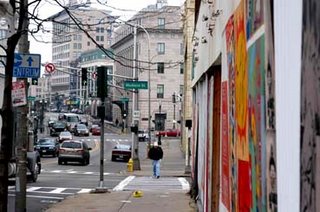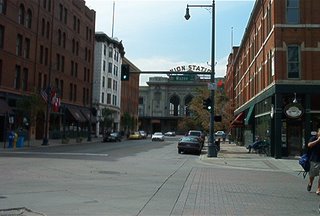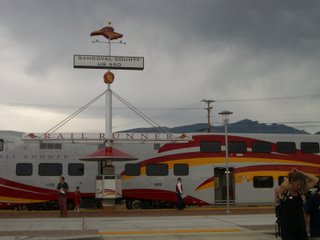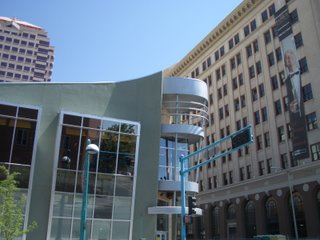A year ago, the Boston Globe published an article comparing the cities of Worcester, MA and Providence, RI. Both cities are of similar size and have similar make-ups. The one noted, major difference being Providence is the largest city in its respective state whereas Worchester is in Boston's shadow. However, the writer covered an angle that I think perfectly reflects what our city is doing incorrectly, and that is how the universities played a role that directly affected themselves and their hometowns. Brown and Johnson & Whales located facilities and student housing in the heart of Providences' downtown. The city and university worked together with a unified goal, resulting in a vibrant core with a vibe that has attracted investment from the corporate world to invest in their own buildings as well as improving public spaces. The world now looks at Providence as a success story, attracting technology companies, artists, young and old alike. Worcester, until very recently was still tying go get out of first gear. Their officials had poor communication and companies were moving out of downtown to the suburbs. Sound familiar?
Providence

Worcester

Finally, with a change in officials combined with a change in attitude, Worcester finally worked together with the university to build an extension downtown. In turn, new proposals have come out of the private sector including one, alone, that is worth $500 million. That is the combined amount the city of Albuquerque has seen since 1998.
This is only one example of where working together has been the catalyst for major change. I don't understand how we can see these examples everywhere and still let it happen to ourselves. When we look to other cities as our friends and children move away for "more exciting" places with greater opportunities, we have only ourselves to blame.






